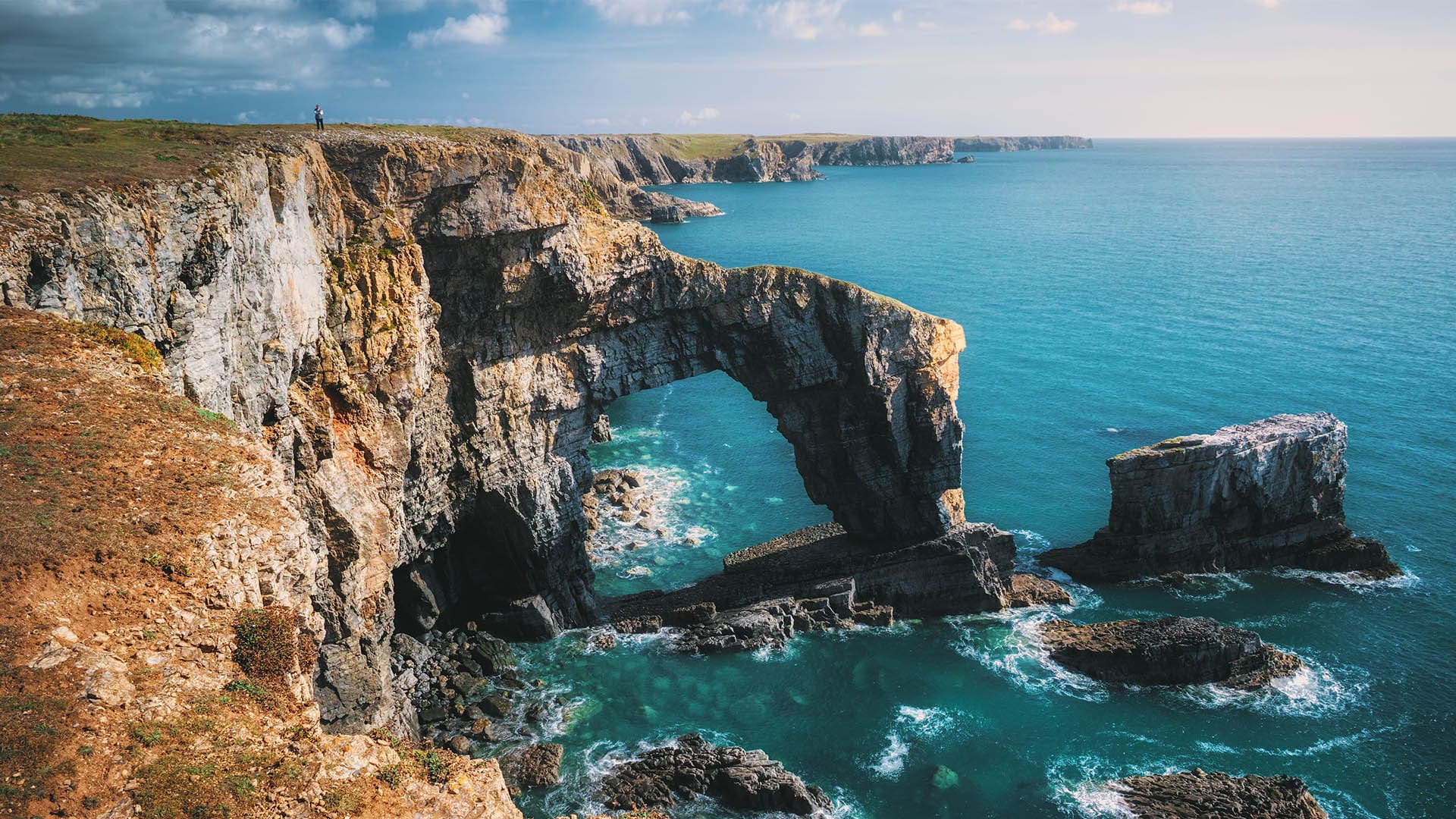
Thanks to its spellbinding stretch of National Park coastline, untamed sheep-grazed hills dotted with crumbling stiles and kissing gates, pretty market towns and quaint fishing villages, it’s easy to see why Pembrokeshire is the most popular holiday destination in Wales. Boasting some of Britain’s best beaches, this underrated Welsh county has charm in buckets-and-spades, making it the perfect choice for a post-lockdown staycation this summer – here’s our handpicked guide on what to do, and where to stay…
For the ramblers…
A rugged and breath-taking 186 miles carved out over time by volcanic activity and glaciers, the Pembrokeshire Coast Path is the defining feature of this region. And as the only country in the world with a continuous path around its 870-mile coastline, Wales is made for walking holidays. Many of the country’s best and most beautiful rambles fall within Pembrokeshire, where you can wind your way around wildflower-carpeted clifftops to discover golden bays and sandy dunes from postcard-worthy Barafundle Bay to Church Doors Cove – a geological gateway to the sea.
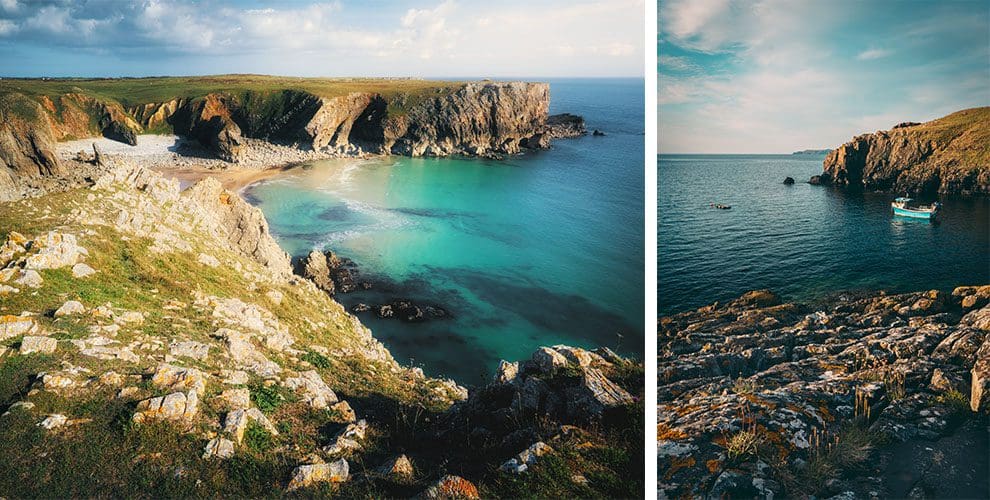
While Tenby and Saundersfoot draw the most attention, there are quieter, tucked-away bays to stumble upon. Take the steep steps down to Presipe Bay, with epic sandstone cliffs set against cobalt sea – and fossils to be found, or in the north, explore the ancient woodland around Fishguard for a more shaded stroll. Wherever you wander, you’ll leave Pembrokeshire with a sense you’ve discovered one of Wales’ shored-up secrets.
For the foodies…
Pubs packed with character and locally sourced menus, beachfront ice-cream stalls, and seafood-serving restaurants make up the gourmet scene in Pembrokeshire. Nestled right on the shoreline, just metres from the amber sands of Coppet Hall Beach is the award-winning Coast Restaurant in Saundersfoot. Head Chef Fred Clapperton has a close working relationship with the local farming and fishing community, wherever possible sourcing meat which has been reared and supplied directly from the likes of Eyon’s Butchers of St. Clears, known for their finest cuts of Welsh beef. Seven miles inland, the restaurant has its own kitchen gardens and a dedicated team who sew and grow the freshest seasonal salad, fruit, vegetables and herbs.
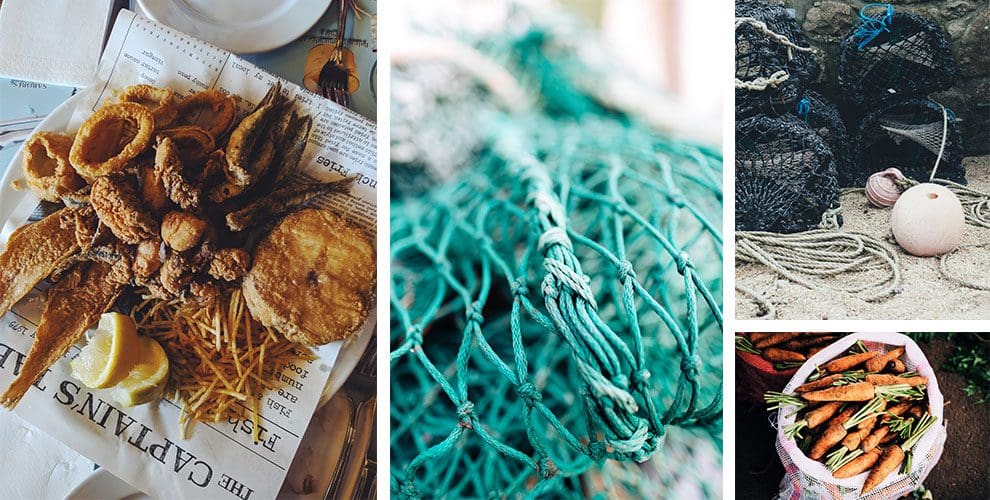
Sharing the Beach Centre with its big brother, the more informal Kiosk Café offers a fabulous selection of hot drinks, handmade sandwiches, cakes and pastries for hungry hikers – the just-out-of-the-sea Littlehaven Crab sandwiches are an absolute must-try, followed by some Cowpots ice-cream made from Jersey cows just a few miles away.
If venturing to Pembrokeshire via Swansea, make a stop at Michelin-starred Beach House for fine dining with sweeping views across the dramatic dunes of Oxwich Beach and towards the iconic Three Cliffs Bay. Native Welshman and Head Chef Hywell Griffith makes the most of his seaside surroundings and takes the meaning of ‘freshly-caught’ to an hyper-local level. His seasonally-shifting menu often includes lobster caught from the sea in front of the restaurant, and sea herbs foraged from the marshlands reserve that back the bay.
For the naturalists…
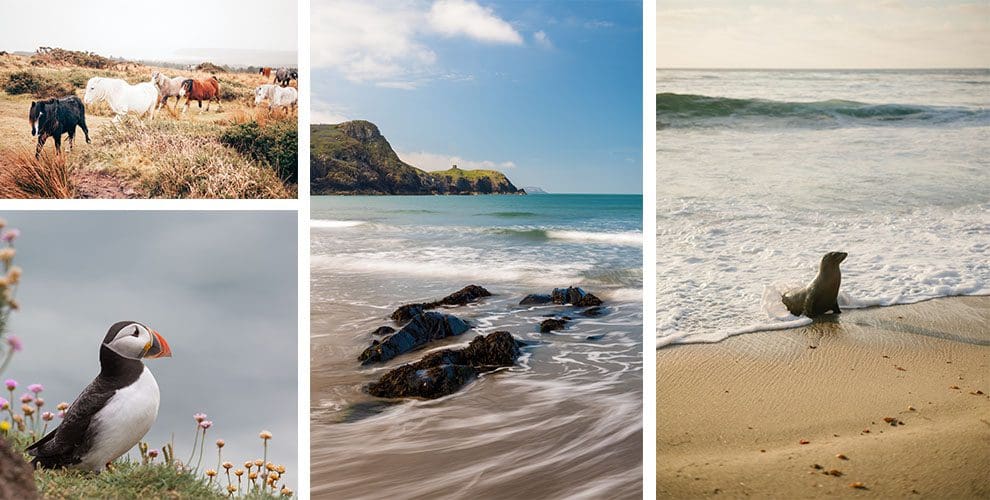
Pembrokeshire’s islands are internationally renowned wildlife reserves, whose surrounding waters are a picturesque playground for seals and seabirds, as well as porpoises, dolphins, and the occasional whale. Animal enthusiasts should board a boat to tiny Ramsey Island, where peregrines, guillemots and seals dip and dive between the waves. Back on dry land, beachcombers can forage for natural treasures at Freshwater and Newgale – grab a bucket for your collection of razor clams, rock samphire and seaweed or time your visit for low tide to seek out mussels and winkles amongst the exposed rock pools.
For the culture-trippers…
In parts of Pembrokeshire, the coastline is speckled with castles. The region’s feature fort is Pembroke Castle, birthplace of Tudor King Henry VII – with sweeping tower views, dark dungeons to explore and plenty to capture the imaginations of aspiring Knights. Those imaginations will come in handy at St Davids Bishop’s Palace and St Non’s Bay, where ruins give glimpses of 14th-century history. While here, call in at St David’s Cathedral – a calm and captivating space.
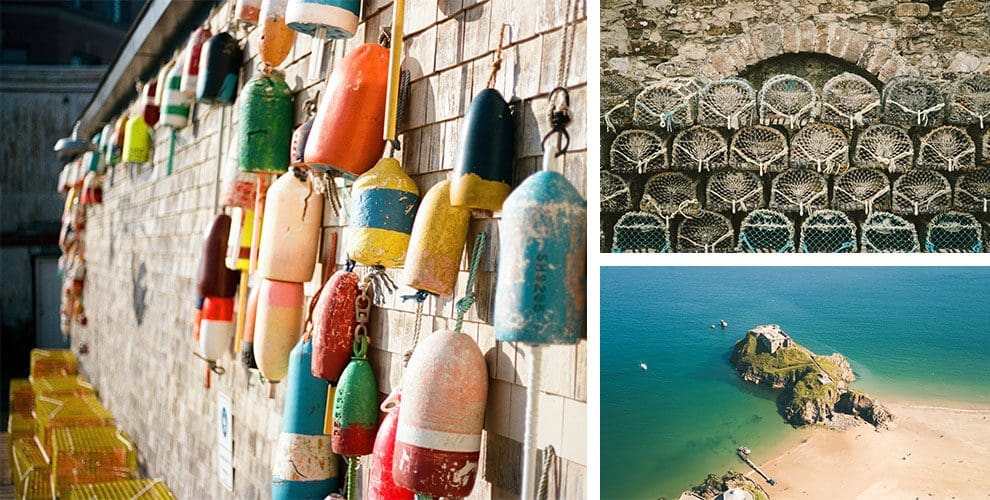
To while away an afternoon, the colourful market town of Narberth is filled with boutique browsing material, from independent shops and art galleries to quirky cafés. Meanwhile, pastel-painted Georgian townhouses line the harbour of the medieval town of Tenby, which is within walking distance at low tide to the Victorian fortress on St Catherine’s Island.
Unpack your suitcase…
Wonderfully rustic and wholesome in style and set within 26 acres of rolling countryside, the Grove of Narberth began life in the 15th century as a traditional Welsh longhouse owned by the Bailiff of Tenby, and is now the first and only five-star hotel in South West Wales. The 25 heritage-inspired rooms and suites (six of which are dog-friendly) are spread across the main house and three charming cottages nestled within the hotel’s grounds, each individually designed with an artisan feel. Showcasing local craftsmanship and period features at every turn, expect Welsh lovespoons delicately hanging from the walls, antique blankets thrown over impossibly comfortable sofas, and agricultural tools adorning the bathrooms – all curated by Martin Hulbert Design.
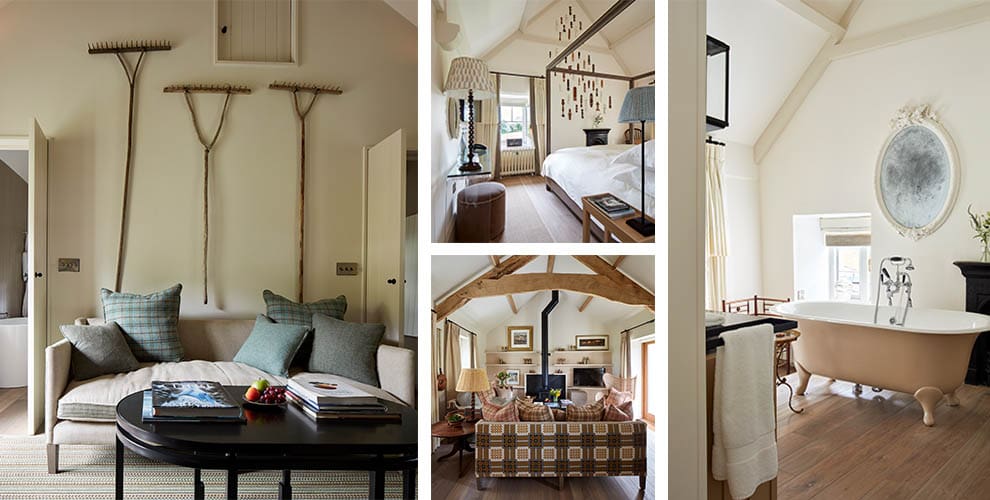
This food-led country retreat offers guests the best of both worlds with a choice between fine dining tasting menus at The Fernery overseen by the visionary Executive Head Chef Douglas Balish, and the more relaxed comfort food of the Artisan Rooms which make use of the very best Pembrokeshire produce, including potatoes, carrots, and tomatoes grown on the estate – there are usually at least five dishes which are completely homegrown, depending on the season.
The beautifully-kept gardens are deservedly the Grove’s pride and joy, where a carpet of bluebells springs up from the cottages’ meadow to the lawn of the main house, while the surrounding fields and woodland are sprinkled with wild flowers in the height of summer. Be sure to request a picnic within the restored 17th-century walled garden on a sunny day, and the Grove team will happily prepare a gourmet hamper of charcuterie and champagne.
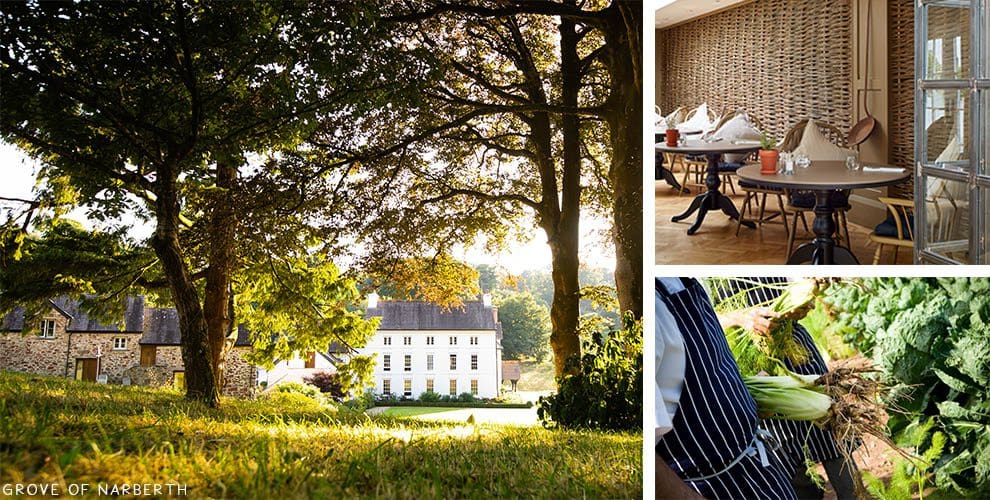
Share this article
Latest stories
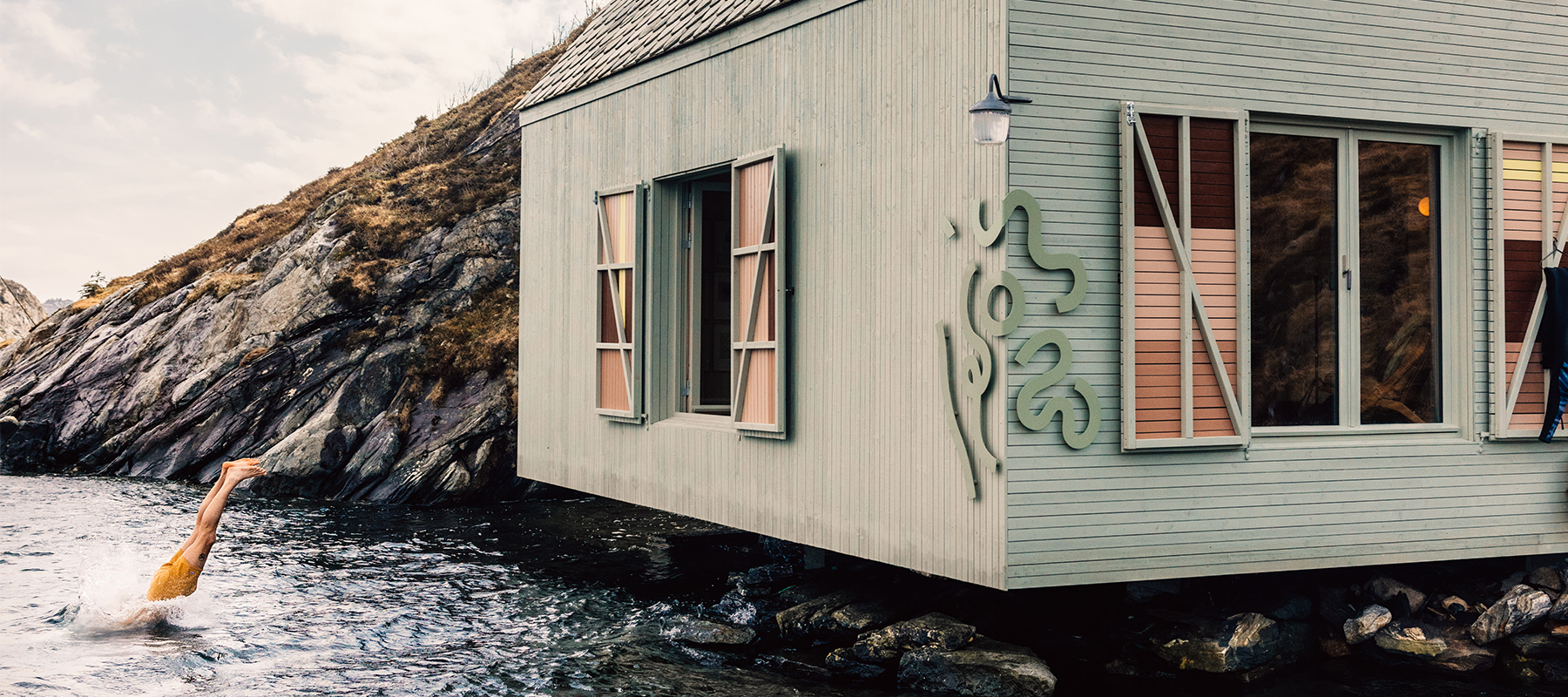
From Nordic cabins to cave suites: top boutique hotels for January
January has a way of sharpening the senses — a moment to pause, take stock and choose travels that feel intentional. Some escapes offer deep calm in dramatic landscapes, from Norway’s island edges to Sri Lanka’s mist-wrapped highlands. Others inspire with vineyard views in South Africa’s wine region, stone-carved suites
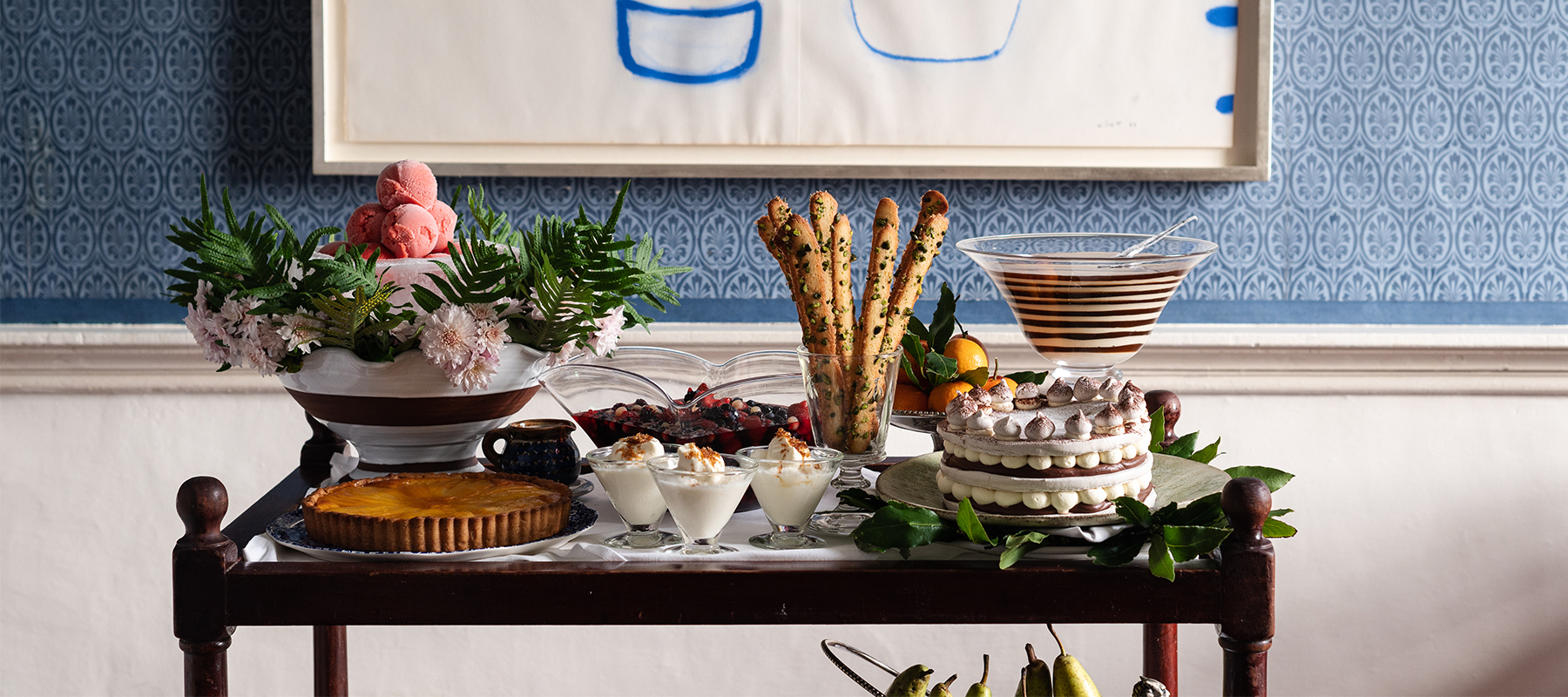
A foodie guide to Ireland: from coastal catches to country kitchens
With Guinness as rich as its landscapes are green — and whiskey never far from reach — Ireland’s charms can be drunk in and eaten up from the moment you arrive. And while its culinary reputation has soared in recent years, nothing quite compares to tasting your way around the

The natural highs of hiking solo in Costa Rica’s cloud forest
Out of nowhere, a stark yet melodic chirp punctuates the dense moss-heavy virgin forest, halting me in my tracks with its hypnotic, unadulterated beauty. I later discover it was likely the song of a black-faced solitaire, a bird that’s rare to see, yet glorious to the ears. And just one

Hotel Norman, Paris: design-led luxury steps from the Champs-Élysées
There’s no shortage of glamorous hideaways in Paris, but few manage to bottle an era quite like Hotel Norman. Steps from the Champs-Élysées, this newcomer channels the seductive polish of midcentury modernism with the confidence of a hotel that knows exactly who it’s for: travellers who appreciate quiet luxury, meticulous

